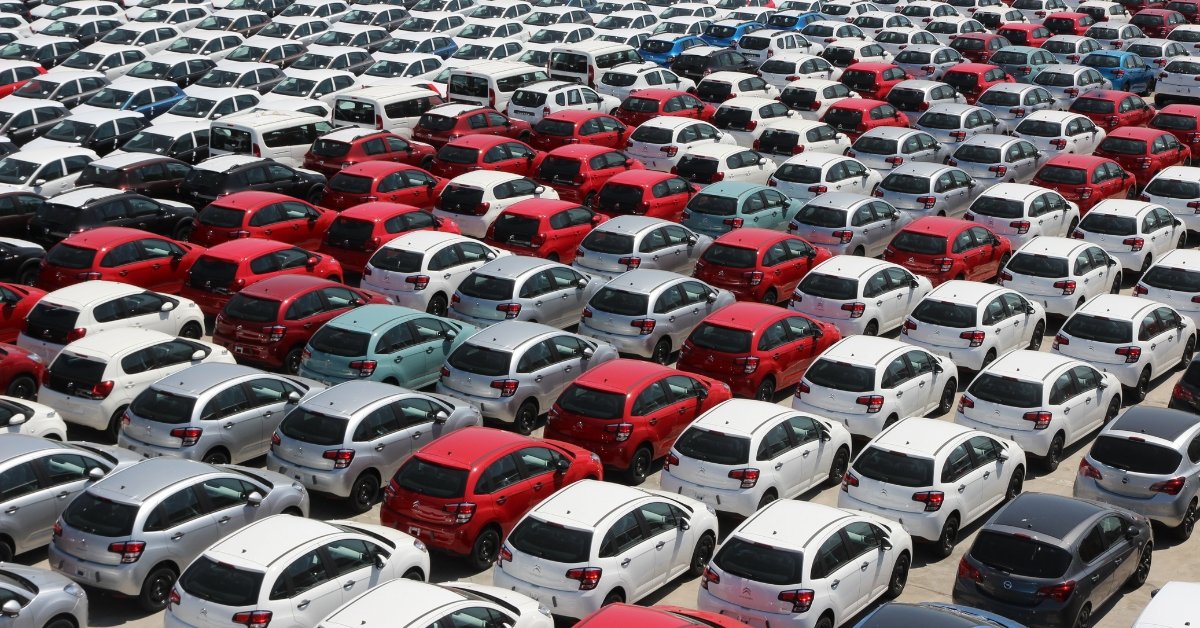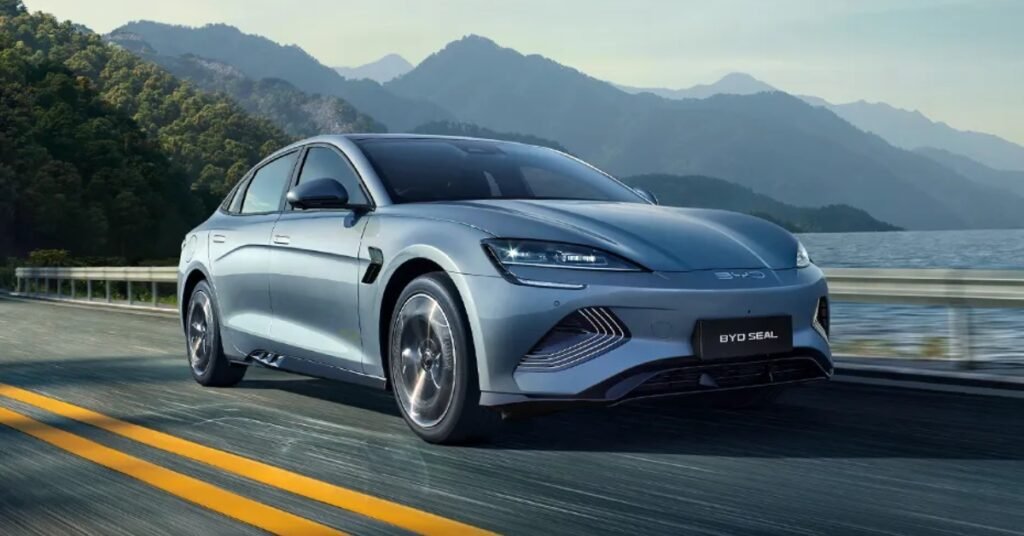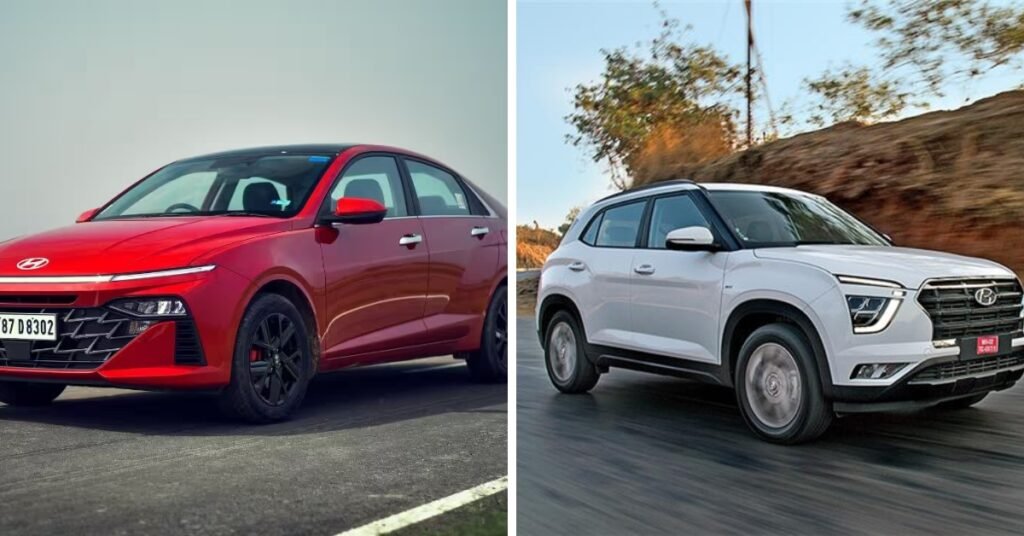Explore the impact of FTAs on Vietnam’s automobile industry, highlighting opportunities, challenges, and future trends for manufacturers and consumers.
Table of Contents
Nguyen Anh Tuyet, a Vietnam Automobile Manufacturers’ Association (VAMA) representative, recently highlighted the significant impact of Vietnam’s participation in 17 Free Trade Agreements (FTAs) on the country’s automobile industry.
Among these FTAs, the ASEAN Trade in Goods Agreement (ATIGA), the U.K. – Vietnam FTA, the E.U. – Vietnam FTA (EVFTA), and the Comprehensive and Progressive Agreement for Trans-Pacific Partnership (CPTPP) stand out for their commitments to reducing import tariffs on completely built-up units (CBUs) to 0%.
“This is a huge opportunity for the auto market to diversify products and bring more choices to Vietnamese consumers,” Tuyet said.
Opportunities and Competitive Pressures
As Vietnam eliminates import and export tariffs on goods from ASEAN countries, domestic products face stiff competition from regional rivals like Thailand and Indonesia.
Under the EVFTA, tariffs on CBUs imported from the E.U. will decrease annually by about 6.4% over ten years.
Starting at 38.1% in 2024, these tariffs are expected to drop to 0% by 2030.
EVFTA Tariff Reduction on CBUs
| Year | Tariff (%) |
|---|---|
| 2024 | 38.1 |
| 2025 | 31.7 |
| 2026 | 25.3 |
| 2027 | 18.9 |
| 2028 | 12.5 |
| 2029 | 6.1 |
| 2030 | 0 |
This significant tariff reduction will pressure Vietnamese automobile manufacturers to maintain their production and market shares.
Impact of EVFTA on Vietnam’s Automobile Industry
Le Huy Khoi, Deputy Director of the Vietnam Institute of Strategy and Policy for Industry and Trade, emphasized that the EVFTA’s firm commitments to automobiles, components, and spare parts, especially tariff-related ones, are poised to impact Vietnam’s automobile industry significantly.
The agreement will enable importing of high-quality, high-tech cars, spare parts, and components from the E.U. at lower prices, reducing production costs and enhancing vehicle competitiveness.
Additionally, Vietnam can export auto and motorbike spare parts and components, potentially becoming investment partners or component suppliers for E.U. investors looking to enter the local and regional markets.
However, Khoi pointed out challenges such as the high standards and geographical distance of the E.U. market, which could hinder the optimization of export opportunities for businesses that are not well-integrated into supply chains or lack competitiveness.
Sales Trends and Future Preparedness
According to VAMA, car sales in the first four months of this year were on a downward trend. VAMA members sold 82,515 units, a decrease of 11% compared to the same period in 2023.
The number of passenger cars sold decreased by 14%, while sales of commercial and special-purpose vehicles dropped by 3% and 28%, respectively.
Car Sales in the First Four Months of 2024
| Vehicle Type | Sales (Units) | Change (%) from 2023 |
|---|---|---|
| Passenger Cars | 82,515 | -14% |
| Commercial Vehicles | (Data not provided) | -3% |
| Special-purpose Vehicles | (Data not provided) | -28% |
Tuyet advised that Vietnamese automobile enterprises need to carefully study EVFTA commitments and prepare to capitalize on opportunities from this deal.
They must also prepare for future competition when the tariff protection roadmap ends.
In summary, while FTAs like the EVFTA present significant opportunities for Vietnam’s automobile industry, they pose considerable challenges.
Vietnamese manufacturers must adapt to these changes to remain competitive and leverage the potential benefits of these agreements.






